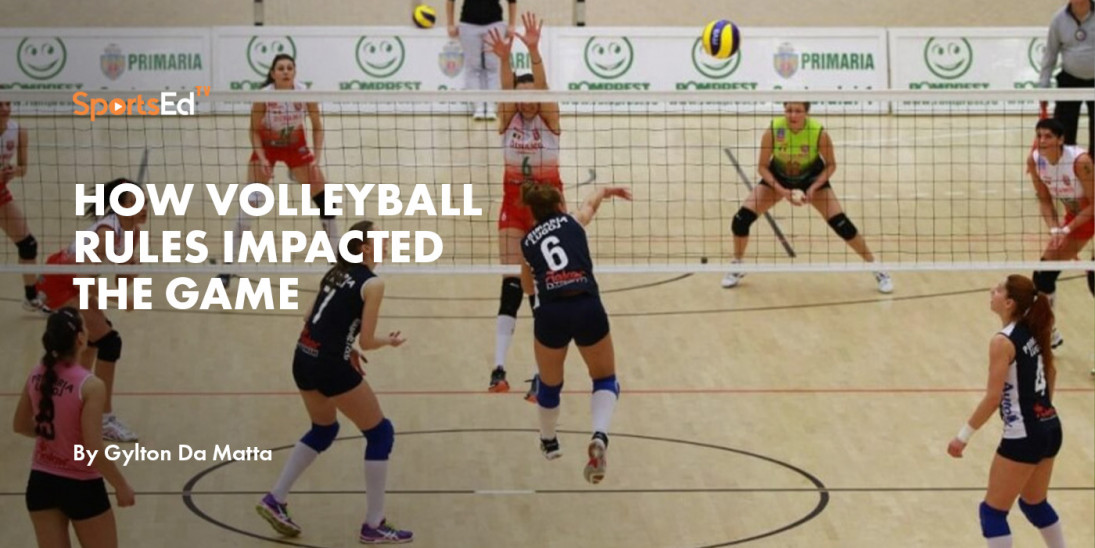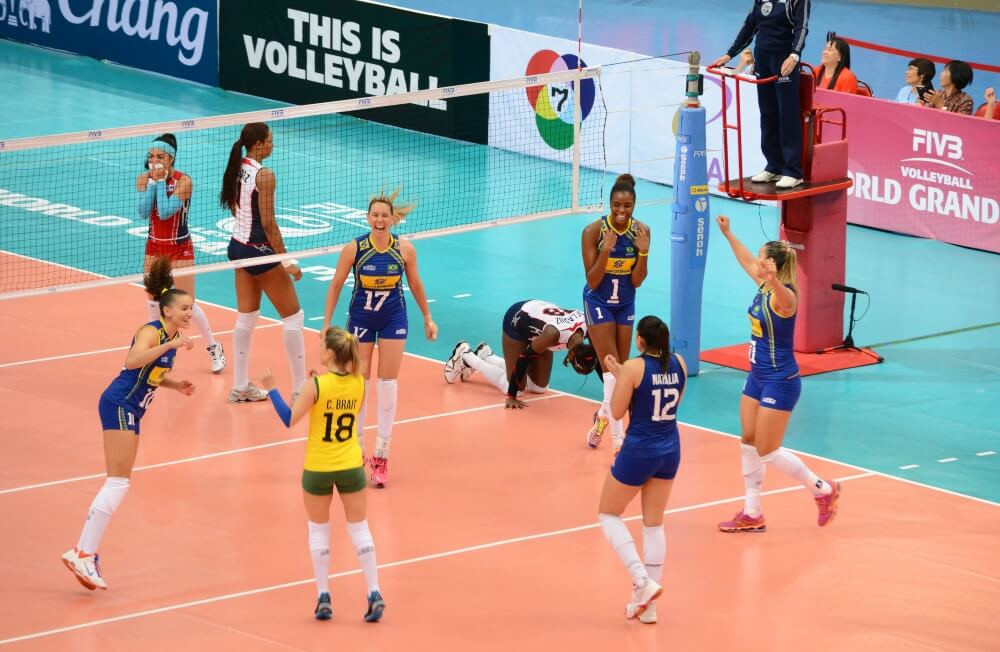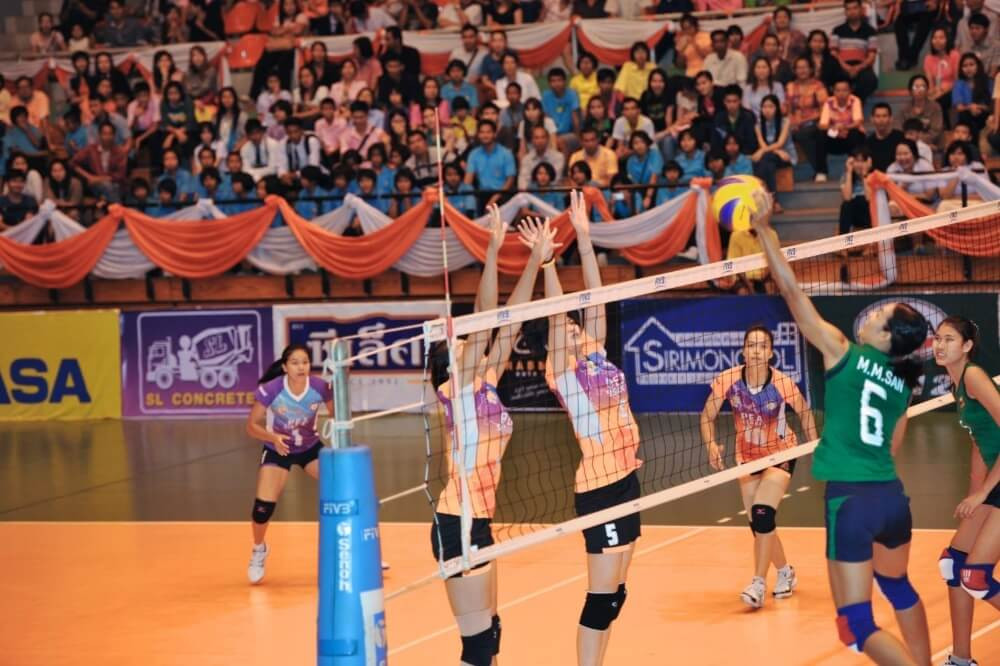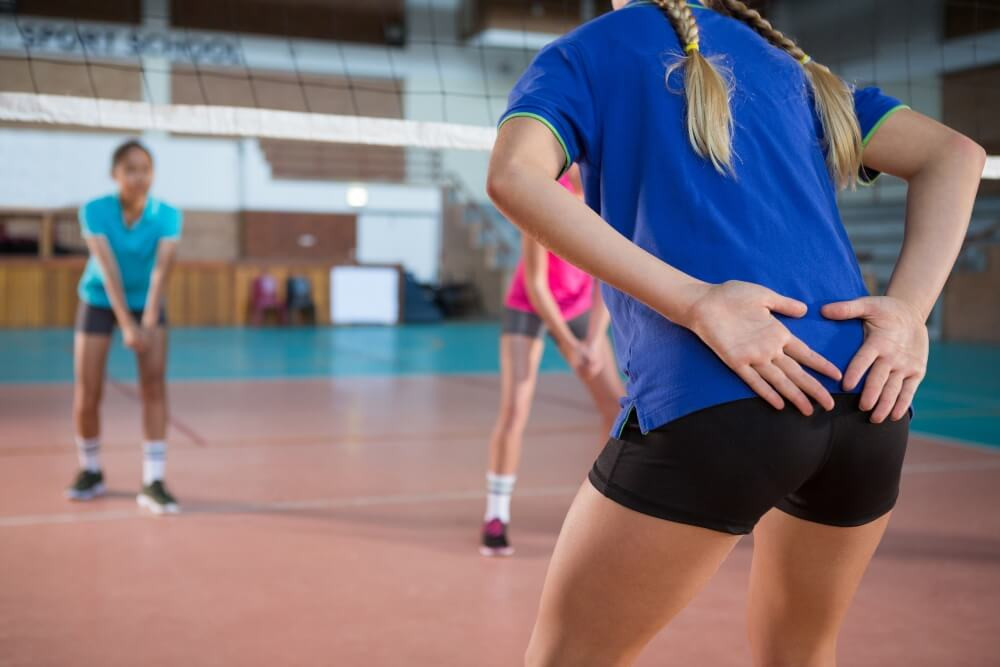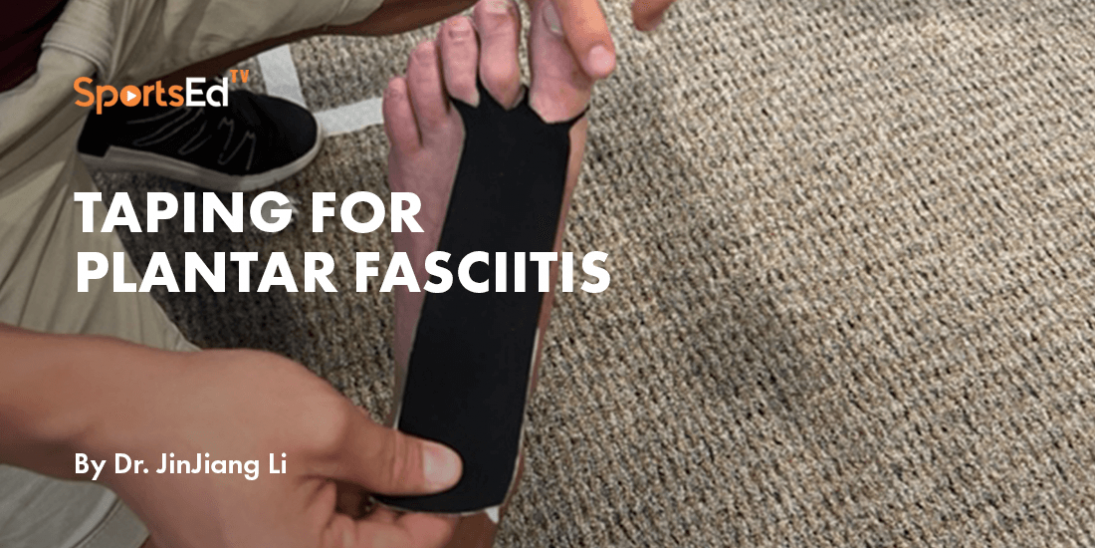Volleyball
Welcome and thanks for visiting...

Motor Learning Foundational for Application in Sports
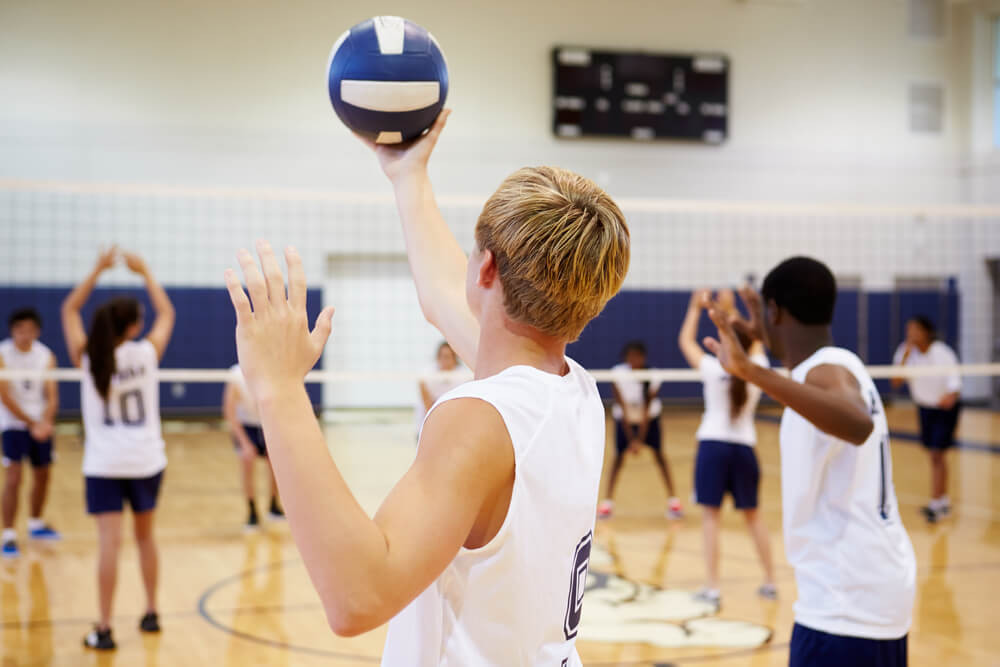
The strength of SportsEdTV comes from our coaches, contributors and instructors, an assortment of street savvy players, scientists, educators and theorists. Their communication styles are as varied as their backgrounds.
The essay below is a partnering between academic and practical experience.
SportsEdTV Volleyball Executive Director and Leandro Dultra, Ph.D candidate answer questions about building sports skills in practice and will be especially helpful to coaches to team sports in determining the HOW & WHEN of sports skill development.
We suggest a thoughtful read.
The purpose of this essay is to define two basic concepts that have been used in the area of ââMotor Learning (i.e., distribution of practice and practice schedule). The aim is to apply this knowledge in the organization of drills for different sports. I would like to share my experience in the development of volleyball athletes in Brazil through the use of background in Motor Learning and its application in the process of acquiring motor skills. The first basic concept that has been used is about the distribution of practice, which is related to the proportion of the interval between the work done and the rest time in each attempt (Panckuk et al., 2013; Magill & Anderson, 2017). The distribution of the practice has been represented by two practice conditions according to the length of its interval. Distributed practice is when the practice time is less than the rest time. On the other hand, massed practice can be defined when the practice time is longer than the rest. The emphasis in this argument is on the inter-trial interval (i.e., the time interval between trials of practice). Therefore, short inter-trials intervals are considered massed practice and longer inter-trials intervals are considered distributed practice.
| NAME | PACING | DEFINITION |
| Distributed Practice | Practice time is less than rest time | Longer between-trials intervals |
| Massed Practice | Practice time is longer than rest time | Short between-trials intervals |
There was a gap in the motor learning literature on this issue. Based on this, Dutra and Da Matta (2020) demonstrated that massed practice led to better learning than distributed practice for a sporting motor skill. This finding was counter-intuitive than the literature. A practical implication based on these findings would be to organize drills with short inter-trials intervals.
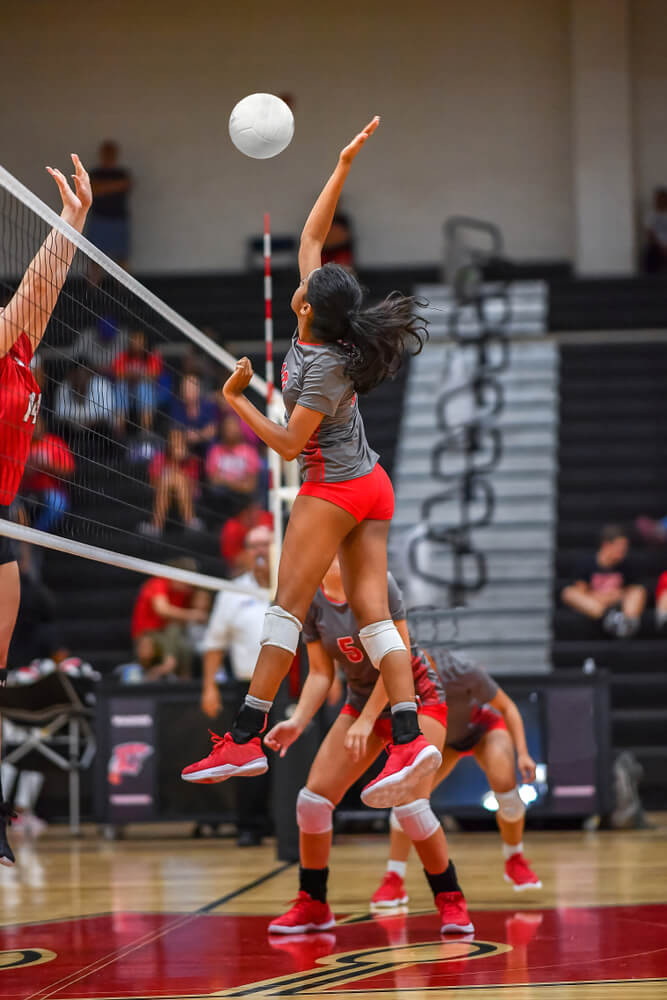 For example, a maximum of three subjects in each line for a better learning of this motor skill, during the execution of the drill. Specifically with the purpose to maximize practice. On the other hand, the longest inter-trial interval indicated that it was not as effective for learning. In such a way that, the planning of drills with a greater number of participants would promote a distributed practice becoming not so effective for learning. A reference for this type of practice would be from four subjects in the same line of the drill could consider as distributed practice. Therefore, a suggestion for the process of acquiring sports skills would be to use massed practice instead of distributed practice. Likewise, short inter-trials intervals should be used when planning drills. My experience as a coach also reinforces this claim of elaborating drills through massed practice.
For example, a maximum of three subjects in each line for a better learning of this motor skill, during the execution of the drill. Specifically with the purpose to maximize practice. On the other hand, the longest inter-trial interval indicated that it was not as effective for learning. In such a way that, the planning of drills with a greater number of participants would promote a distributed practice becoming not so effective for learning. A reference for this type of practice would be from four subjects in the same line of the drill could consider as distributed practice. Therefore, a suggestion for the process of acquiring sports skills would be to use massed practice instead of distributed practice. Likewise, short inter-trials intervals should be used when planning drills. My experience as a coach also reinforces this claim of elaborating drills through massed practice.
The second basic concept that has been used is about the practice schedule. This proposal is based on the principle of practice schedules in the area of Motor Learning knowledge through the following practice sequence: in blocked, serial and random (Porter & Magill, 2010; Magill & Anderson, 2017). Blocked practice consists of practicing blocks of attempts for each of the skills to be learned. Therefore, attempts at one skill are practiced to begin the practice of the other skill (e.g., AAABBB, A and B being hypothetical skills). Serial practice describes sequences of predictable actions in which the athlete can progressively test different levels of strength and power, and also calibrate the motor learning parameters (i.e., variations of the same movement pattern), in order to achieve success in the tasks’ motor sports, therefore, correlating power, degrees of speed and accuracy (e.g., ABABAB, A and B being hypothetical skills). Finally, random practice is defined through tasks performed without apparent specific order or less predictable presentation. There is a constant change as to which skill is practiced next. (e.g., ABCBCACBA, A, B and C being hypothetical skills). This would be a progression of drills through a context of greater predictability to a context of less predictability as is the specificity of sports (e.g., passing variation in volleyball). Thus, for beginner subjects, drills with a blocked and serial practices schedules should be used. On the other hand, for skillful subjects serial and random practices, with a greater emphasis on random practice.
 The major idea would be to develop within a continuum spectrum of practice, starting with the practice by blocked, going through the serial practice and finally executing the random practice. This would be a framework to guide sports professionals to thoughts related to the planning/designing of sports skills drills. One suggestion would be to choose two skills and start to develop each of these skills within that progression spectrum (e.g., blocked and serial for each of the skills and then combine the sequence of these two skills through random practice). These are some insights within this theoretical framework with application in the context of acquiring sports skills that we would like to share. Our experience shows that this would be a very effective way to promote and to maximize the learning of sports skills.
The major idea would be to develop within a continuum spectrum of practice, starting with the practice by blocked, going through the serial practice and finally executing the random practice. This would be a framework to guide sports professionals to thoughts related to the planning/designing of sports skills drills. One suggestion would be to choose two skills and start to develop each of these skills within that progression spectrum (e.g., blocked and serial for each of the skills and then combine the sequence of these two skills through random practice). These are some insights within this theoretical framework with application in the context of acquiring sports skills that we would like to share. Our experience shows that this would be a very effective way to promote and to maximize the learning of sports skills.
We would like to conclude by encouraging the use of these two basic motor learning concepts as a very effective tool for learning sports skills. The interaction of distribution and schedules practice can promote excellent retention of skills through better access to mechanisms of working memory and long-term memory. Moreover, it would be able to make the learning environment quite motivating and challenging for different skill levels. These are two very important key points (i.e., distribution of practice and practice schedule) to be considered in the process of learning sports skills. This would be an example of the training philosophy of the Brazilian volleyball foundational. According to top coaches this has been implemented by Brazilian youth and senior teams which have been top ranked in the world. Furthermore, we understand that this principle applies to the context of team sports such as basketball, soccer and volleyball. Enjoy, for your reflection!
References:
*Dutra & Da Matta (2020). The practical application of this research will be fully presented at the National Convention of NAKHE (National Academy of Kinesiology in Higher Education).
Magill, R. A., & Anderson, D. I. (2017). Motor learning and control: Concepts and Applications (vol. 11). New York: McGraw-Hill.
Panchuk, D., Spittle, M., Johnston, N., & Spittle, S. (2013) Effect of practice distribution and experience on the performance and retention of a discrete sport skill. Perceptual and Motor Skills, 116 (3), 750-760.
Porter, J. M., & Magill, R. A. (2010). Systematically increasing contextual interference is beneficial for learning sport skills. Journal of Sports Sciences, 28 (12), 1277-1285.
Authors:
Leandro Dutra, Ph.D. Candidate University of Nebraska-Lincoln (Nebraska Athletic Performance Laboratory) and Federal University of Minas Gerais-Brazil. dutraln@gmail.com
Gylton Da Matta, Ph.D. Colorado State University and Volleyball Executive Director SportsEdTV. gdamatta@sportsedtv.com
